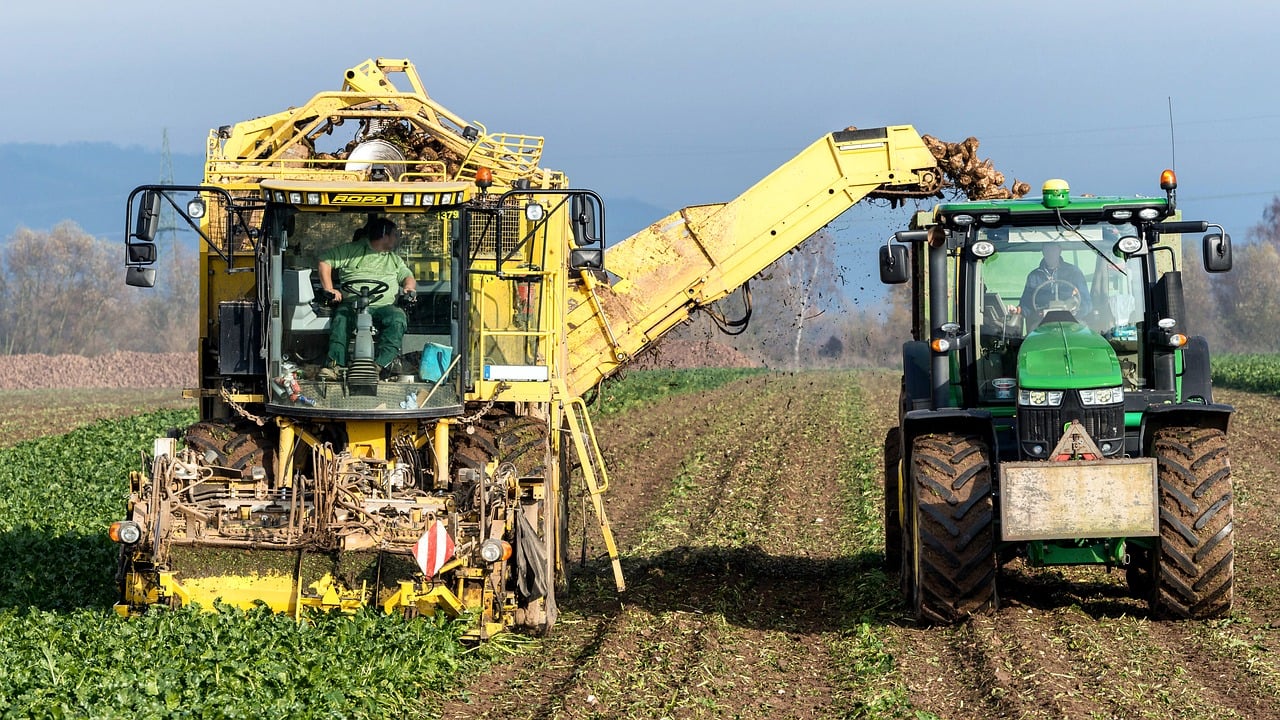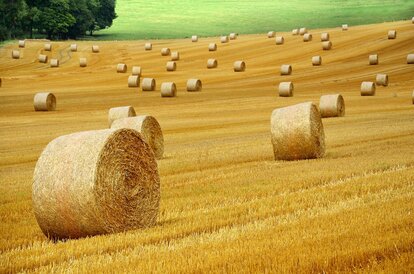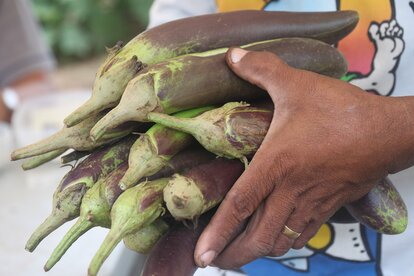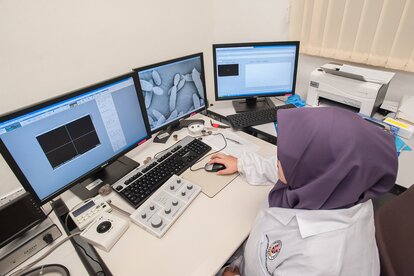Agriculture, Mediterranean, research, biotechnology, climate change
Mediterranean Agriculture: in Search of Excellence

With around 35% of the active population and 10.7% of the Gross Domestic Product (GDP), Morocco is undoubtedly the great power in the primary sector in the Maghreb, thanks to the work of researchers at the National Institute for Agronomic Research (INRA) and its ten regional centres that promote work on plant improvement and agricultural systems, soil fertility, clone selection, pasture selection in drought areas and the use of desalination plants for irrigation.
These programmes make it possible to improve rural life, provide cutting-edge technology and develop promotion and marketing strategies for products such as olive oil, dates, argan oil and extensive livestock farming.
Biotechnology is also enabling important advances in the fight against climate change in crops such as cereals, red fruits, fruit trees and others more specific to the area such as date palms, carob trees and the argan bush.
With 10% of GDP and more than 20% of the working population in the sector, agriculture, and especially the olive tree, is a basic pillar of the Tunisian economy, which has had a National Research Institute since 1913, where 74 professionals work with a clear concept of sustainable agriculture.
In fact, Tunisia is a world leader in organic production with 306,500 hectares and exports 50,000 tonnes to a total of 60 countries with an annual income of approximately 350 million dollars. This is a clear example of preserving ecosystems while creating wealth. Olive oil, also with the world's largest organic surface area ahead of Spain, Italy and Greece; goat's, sheep's and cow's milk, prickly pear and dates are some of the star crops.

Algeria has 24% of the active agricultural population, equivalent to 2.6 million people, who are also 74% of the active population in rural areas of a country where mechanisation, training and infrastructure are lacking. To combat this, the Algerian National Institute for Agronomic Research (INRAA) has been set up.
One of its main missions is to support renewable energies, both solar, photovoltaic, wind and geothermal, in a country that has an average of 2,600 to 3,500 hours of sunshine a year to cope with a largely desert area, 20% of which is devoted solely to agriculture.
An ambitious agricultural and rural development programme was launched in 2000 with a major increase in irrigation facilities and extensive development of the agri-food industry in a country with a significant balance of trade deficit in the primary sector.
Among its main tasks are the improvement of food security, poverty reduction and the fight against climate change and in favour of the environment.
Alongside ICARDA, the government supports the development of new drought-resistant varieties of beans, wheat, barley, lentils and chickpeas; optimal water management; breeding and development of small ruminants; and sustainable land management, all through the Egyptian National Research Centre.
Its technical services are aimed at improving nutritional values and combating soil pollution, as well as supporting the production of ornamental and medicinal plants, biofertilisers, beekeeping and livestock production.

Turkish agriculture contributes 6.5% of the country's GDP and absorbs 16% of the active population with a Turkish Agricultural Research Institute, located in Izmir, with 95 leading researchers working in a country with a great development in the industrial area of agri-food machinery, especially in the oil sector.
Companies such as Alpha Farm, Hex Tech Green Smart, Doktar, Primemarin, CMS Makine or Makintar are clear examples of a technological development that extends to other companies such as design and packaging companies, as is the case of Simsek Ambalaj.
Agriculture contributes 26.8% of Syria's GDP, with more than 20% of the active population in a country with serious problems due to the war that has been going on for years, with the destruction of irrigation systems, production losses and increased costs and damages that already amount to 16,000 million dollars in the sector.
Lebanon has barely 3.5% of the active agricultural population and a modest contribution to GDP of 3.1% in a country where the presence of vineyards and olive groves is important, albeit small, and in Libya, where 9.5% of the active population lives from agriculture at a time of internal upheaval.
In short, the Mediterranean is looking for solutions to drought, desertification, climate change and water management, solutions that come from the hand of research, biotechnology and the solidarity of sister EU countries.

